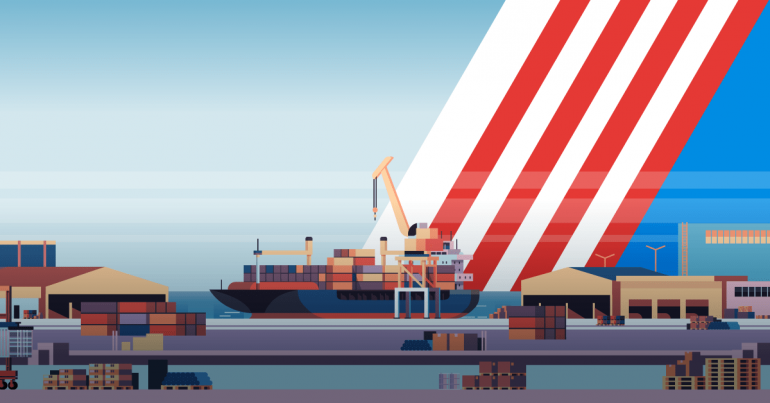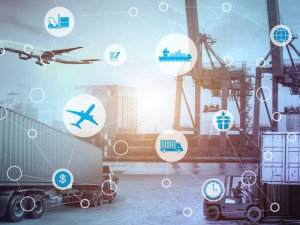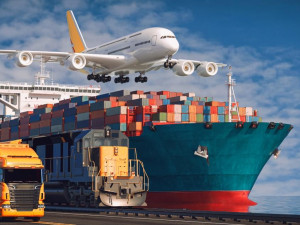
If you intend to import a significant amount of goods into the U.S., employing a specialist broker may be the most efficient solution. Such a firm will handle most of the intricate details of your imports, such as Import Trade Documents, Harmonized Tariff Classification and U.S. customs duty rates, valuation of your goods, Country of Origin declarations, the applicability of trade agreements and consistency of information.
TheU.S.Government website provides all of the information that is necessary for the import of goods through every channel: air, rail, ship and road. It is not likely that you will need an import license to import goods into the U.S unless the goods are subject to an import quota. It is important to remember that in the U.S., imports are considered to be resources, goods, or services that are produced and sold in another country. It is often forgotten that services fall into this category. The website also provides information about U.S. import tax.
Join today to access our global payments marketplace for the best international payments.

USA Import Procedure
The first items to investigate as an importer are the Federal guidelines and requirements. This website will have all the information you require concerning import procedure from a Federal perspective.
Next, the procedures of the port of entry supplied by your supplier need to be fully understood. They may have specific rules unique to them and if you do not understand or follow what you need to do, it will almost certainly delay delivery of your shipment. The Government has an easy to use list of contact points point for the ports in every state on its website.
Once you are clear that you will not be contravening regulations with your import, you will need to understand whether you need an import license. Once that hurdle has been cleared, the physical import of the goods has to be handled. Given the sheer scale of the borders and the landmass beyond, how the goods will be transported once they are cleared through the point of entry is a major consideration.

If the answer is yes, then importing is a very efficient process which when handled correctly is both efficient and practical.

About Alan Hill
Alan has been involved in the FX market for more than 25 years and brings a wealth of experience to his content. His knowledge has been gained while trading through some of the most volatile periods of recent history. His commentary relies on an understanding of past events and how they will affect future market performance.”



